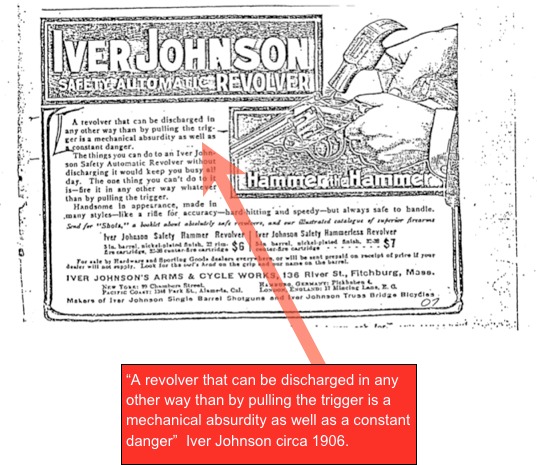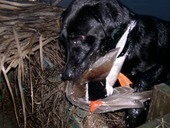
Accidental gun shot injuries that are caused by the defects in the gun or ammunition affect a great number of people every year. In order to save money, some manufacturers bypass good quality control or safe engineering design procedures and refuse to provide state-of -the-art safeguards which would prevent most of those injuries.
Some companies’ guns are designed such that the trigger mechanism can be precariously perched on the edge of the “sear,” which is designed to prevent the gun from firing unless the trigger is pulled. If the mechanism is perched, a bump or jar can cause the gun to fire, even though the trigger was not pulled. Other guns are designed such that the gun’s firing pin is rest on the back of the ammunition when the gun is not cocked. Many people believe that since the gun is not cocked, it won’t fire. If the hammer or firing pin is resting against the back of the round of ammunition, then the gun may fire with a bump or jar. These types of accidental discharges are often called “drop fires.” They are an extremely hazardous situation that could have been avoided with reasonable engineering practices that date back a hundred years.
Demand that the guns you purchase for you and your family incorporate state-of-the-art safety devices. Never buy a gun without them because the manufacturer leads you to feel macho - when you need a gun the most, whether for protection or for when you are looking down the sites at a trophy, you want the gun to forgive your stress. Automatic safety systems (ones you don’t have to remember to engage) are safer than manual ones. Don’t buy junk guns.
Know Your Gun’s Features
For more definitions, please see:
Automatic safety— a mechanical safety on any firearm which is automatically engaged either by cocking or by reloading the gun. Safeties of this type are considered desirable on guns used by those with little firearms training.
Grip safety — A separate mechanical safety, spring-loaded and protruding from the grip or stock, usually found in an autoloading handgun. When at rest, a grip safety prevents firing by trigger movement, but allows firing when depressed. It is located and constructed so that it is easily depressed without conscious effort when a normal firing grip is taken on the gun.
Inertial Firing Pin— A form of firing pin most commonly found in the Colt-Browning Government Model pistol in which the pin is slightly shorter than the recess in which it moves. When the hammer is at rest against the pin, the latter’s nose does not protrude from the breechface to contact the primer of a chambered round. In this respect it serves as a valuable safety device when a firearm is carried with a round chambered and the hammer in the fully down position.
Rebounding hammer— A gun in which the hammer or firing pin automatically draws back after striking the primer and is held in the retracted position, so as not to hold the firing pin against the primer.
Transfer bar — Sometimes called a safety block or safety lever. In a modern revolver, a movable bar which prevents the hammer from striking the firing pin unless the trigger is deliberately pulled. Some function by mechanical link between hammer face and firing pin.
Loaded chamber indicator— A device that warns that a cartridge is present in the gun’s chamber.
Magazine safety— A device that disarms the gun when the gun’s magazine is removed.
Firing pin block or lock— A device that immobilizes that gun’s firing pin at all times except when the gun’s trigger is fully depressed.
